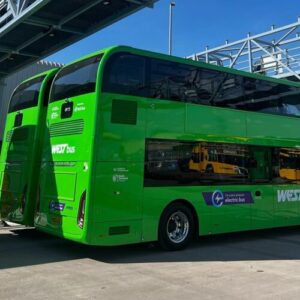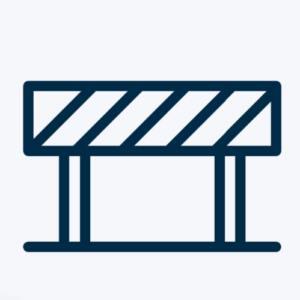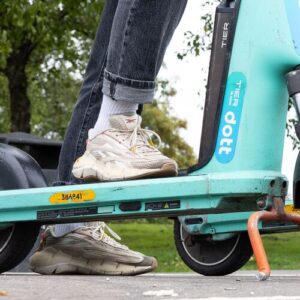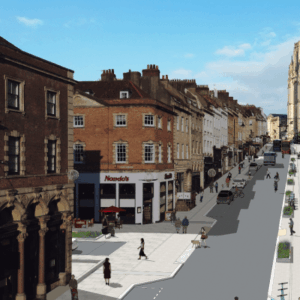
Local bus network guides delivered to households, including 50% off a day ticket
New local bus network guides are being delivered directly to households across North Somerset, providing clear route maps, timetables, information...
Top line: Engineering measures that modify the physical and traffic environments where injuries occur, and wider social policy measures in the places where the casualties live may be most effective in reducing the number of child traffic injuries among deprived socio-economic groups.
An association between socio-economic deprivation and child health has frequently been reported in the scientific literature. For instance, research in 2002 reported that children from the most deprived socio-economic groups have a death rate from injury which is five times that of those from the least deprived social class.1 This holds true for traffic injuries. It has been suggested that several reasons for this effect include higher exposure rates for deprived children (as fewer parents own cars), less adult supervision in the traffic environment and educational disadvantage in understanding issues of road safety. There is also evidence that risk varies with area-based characteristics (eg living near main roads) and that deprived children exhibit different behavioural patterns that increase their susceptibility to road traffic injuries.2
A study in Leeds and Bradford (UK) used Lower Super Output Areas (LSOA) data in order to examine how deprivation and what aspects may contribute to the higher child pedestrian death and injury rates.3 LSOAs possess populations that vary only between 1000 and 3000 residents. As a result of this, and the fact that LSOAs were developed to also account for Output Areas of similar dwelling and tenure types, LSOAs reflect greater social similarities, in contrast to larger ward areas which may represent a mix of social characteristics that make analysis harder. The researchers modelled explanatory variables including levels of crime, ethnicity, road traffic flows, income support, employment in household, lone parents, and educational attainment.
The influence of the traffic environment is clear, particularly motor vehicle flow densities on B roads and child pedestrian casualties. The researchers noted that road types where flows were significant was surprising. 64% of casualties in the study area were inflicted on ‘Unclassified’ roads compared to 26% on A roads. Where children play is crucial, the absence of safe play spaces is known to be associated with the higher incidence of child pedestrian casualties. This study found that as the area of domestic gardens as a proportion of total area decreases, the number of casualties increase. Separately, the significance of crime and child pedestrian casualties is supported by the presence of Index of Multiple Deprivation crime indicator. The causal mechanism in the relationship between high crime areas and child pedestrian casualties is unclear, but areas of high crime deprivation influence activity patterns, behaviour and child traffic exposure.
1 Hippisley-Cox, J., et al, 2002 Cross sectional survey of socioeconomic variations in severity and mechanism of childhood injuries in Trent 1992-97, British Medical Journal, 324, 1132-1138
2 Graham, D., McCoy, E., Stephens, D. 2013 Quantifying the effect of area deprivation on child pedestrian casualties by using longitudinal mixed models to adjust for confounding, interference and spatial dependence, Journal of the Royal Statistical Society, 176(4): 931-950.
3 Green, J., Muir, H., Maher, M. 2011 Child pedestrian casualties and deprivation, Accident Analysis and Prevention, 43(3): 714-723.

New local bus network guides are being delivered directly to households across North Somerset, providing clear route maps, timetables, information...

From 9.30am on Monday 1 to Friday 12 December the lower part of Whiteladies Road will be totally closed to...

Instances of poor parking involving hire e-bikes and e-scooters have fallen since the summer, thanks to collaboration between the Mayoral...

Bath and North East Somerset Council is advising visitors to plan their trips to Bath Christmas Market in advance and...

In January and February 2025, the council shared updated designs for the central section of the number 2 bus route....